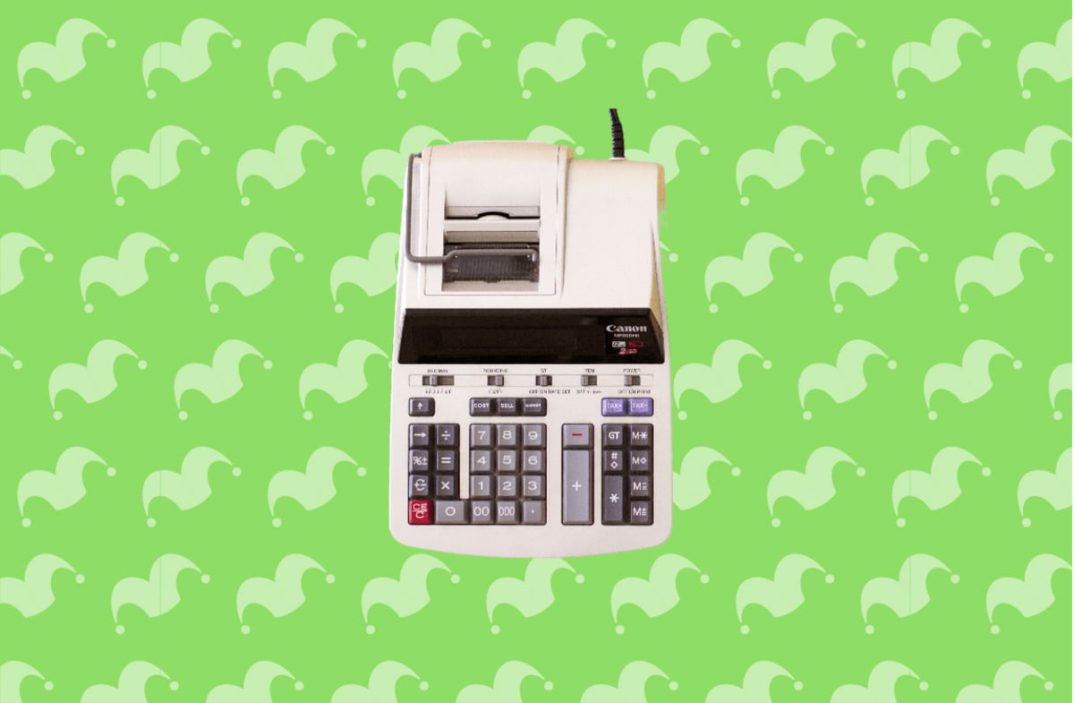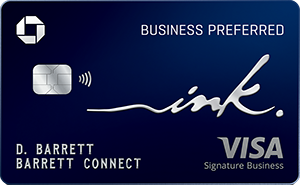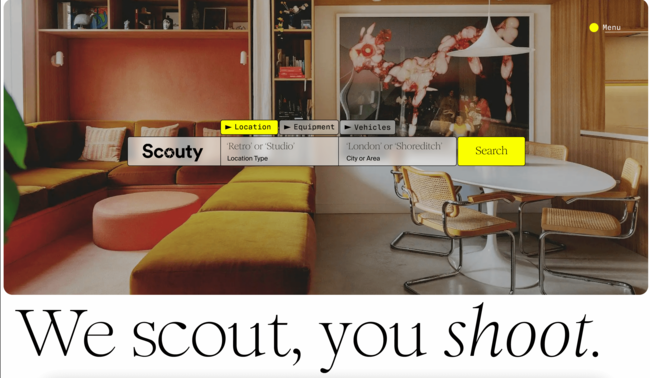The freelance lifestyle can be exciting, but for many, it’s a continual journey full of constant learning. When you jump into the freelancing world, you’re left to guess your way through decisions. The more time you spend freelancing, the more experience and knowledge you gain.
It’s easy to make mistakes while growing your business, but it’s essential to learn from your mistakes and adjust accordingly. I didn’t always make the best financial choices in my early freelancing days. However, I’ve since made changes and am now in a better financial position. I’ll share one money move I wish I had made sooner so you can learn from my mistake.
I didn’t plan well for my quarterly tax payments
In my early freelancing days, I understood that I would need to make quarterly tax payments. As a self-employed freelancer, you are responsible for paying your taxes.
No one else is doing it for you. Unlike a traditional W-2 job, where your employer deducts taxes from your paycheck, you must set aside money to cover your tax liability.
However, you’re also responsible for paying your taxes as you earn income. So, you should make quarterly tax payments to avoid penalties when you file your taxes in the spring.
You’ll need to make quarterly tax payments to the IRS and your state if you live in a state that imposes income tax. If your local municipality charges income tax, you should also make quarterly payments to your local tax collector. All of these expenses add up fast.
Business Credit Card Comparison
Consider these business credit cards that offer a convenient and efficient way to separate personal and business expenses, simplifying accounting and tax reporting.
Additionally, business cards can provide valuable perks such as rewards points, cashback, and expense tracking tools, enhancing financial management and the potential to help save money in the long run.
|
Ink Business Unlimited® Credit Card |
Earn $750 bonus cash back Circle with letter I in it. Earn $750 bonus cash back after you spend $6,000 on purchases in the first 3 months from account opening. |
Earn unlimited 1.5% cash back on every purchase Circle with letter I in it. Earn unlimited 1.5% cash back on every purchase made for your business |
Circle with letter I in it.
Purchases: 0% Intro APR on Purchases, 12 months Balance Transfers: N/A
Regular: |
|
|
Ink Business Preferred® Credit Card |
Earn 120,000 bonus points Circle with letter I in it. Earn 120,000 bonus points after you spend $8,000 on purchases in the first 3 months from account opening. |
Earn 3 points per $1 in select business categories Circle with letter I in it. Earn 3 points per $1 on the first $150,000 spent in combined purchases on travel, shipping purchases, Internet, cable and phone services, advertising purchases made with social media sites and search engines each account anniversary year. Earn 1 point per $1 on all other purchases-with no limit to the amount you can earn. |
Circle with letter I in it.
Purchases: N/A Balance Transfers: N/A
Regular: |
What was my error? I knew I needed to make quarterly tax payments but didn’t regularly stash away money throughout the year. You can imagine how stressful it was when each quarterly payment due date approached and I didn’t have enough money in the bank.
I was left scrambling to land more work to cover my tax bill. I’ve since learned from this mistake and feel much less stressed. But if I were to do it over, I would have been better prepared from the start. I would have planned ahead for my tax responsibilities and set aside money regularly.
Do this to stay on top of your tax payments
I suggest automating your savings so you don’t make the same mistake I made early on. You can set up automatic transfers from your small business checking account to your savings account through your bank’s website or mobile app.
Determine how much money you’ll need to set aside each quarter and then set up regular transfers, so the money is there when you need it. You can decide how often to save. A bi-weekly schedule works nicely, depending on how often you get paid. But you’re in control of your savings strategy.
Doing this will take the stress out of remembering to set aside money manually and can ensure you don’t accidentally spend the money you need to use to cover your tax bill. If you’re new to freelancing, I recommend making this money move.
Earn interest with a high-yield savings account
I recommend keeping your tax savings in a bank account that earns interest. This way, you’ll earn money while your cash sits in the bank. I keep my quarterly tax money in a high-yield savings account until it’s time to submit my payments. Check out our list of the best high-yield savings accounts to learn more about your bank account options.
Alert: our top-rated cash back card now has 0% intro APR until 2025
This credit card is not just good – it’s so exceptional that our experts use it personally. It features a lengthy 0% intro APR period, a cash back rate of up to 5%, and all somehow for no annual fee! Click here to read our full review for free and apply in just 2 minutes.




